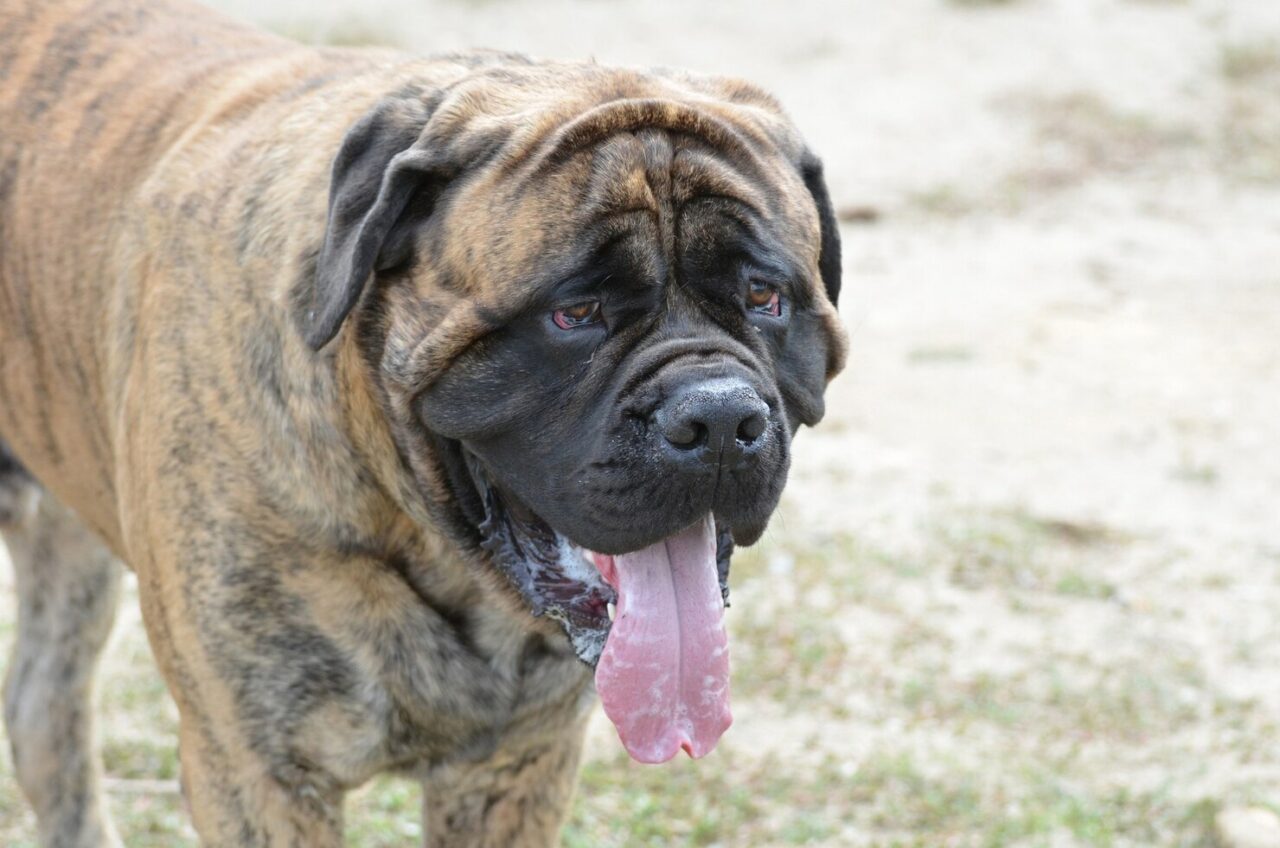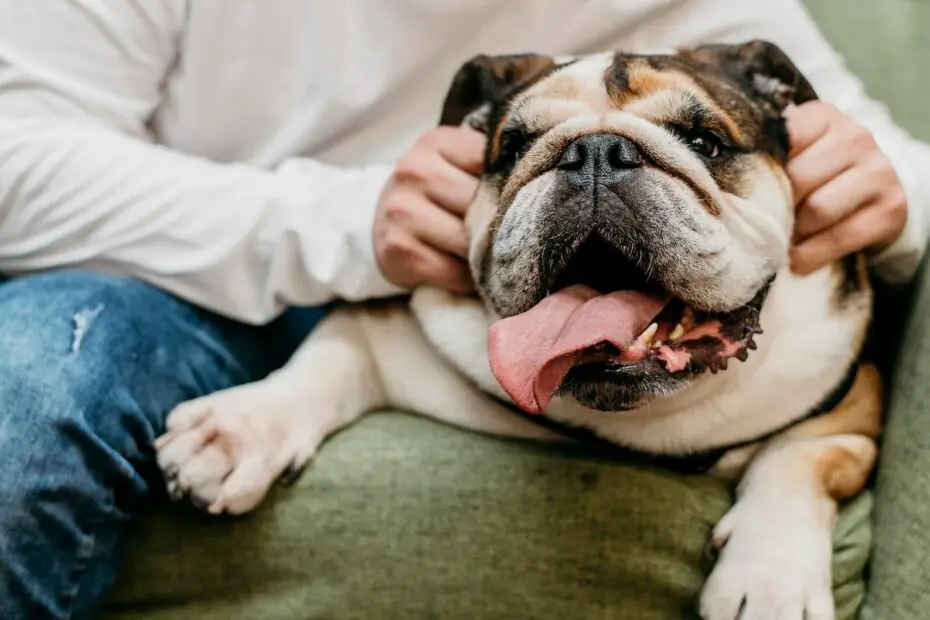In recent years, pet obesity has become a growing concern among veterinarians and pet owners alike. While we may love to pamper our furry friends with treats and indulgences, excess weight can lead to a variety of health issues for our pets, just as it does for humans.
In this comprehensive guide, we will delve into the topic of pet obesity, exploring the causes, risks, and strategies for recognizing and managing your pet’s weight effectively.
You may also want to read about anoyying animals.
The Growing Epidemic of Pet Obesity
Pet obesity is a pervasive issue affecting a significant portion of the pet population. According to the Association for Pet Obesity Prevention (APOP), over 50% of dogs and cats in the United States are overweight or obese. This statistic is deeply concerning because obesity can have severe consequences for pets’ health and longevity.
Causes of Pet Obesity
Pet obesity often results from a combination of factors, including:
- Overfeeding: Providing excessive portions or too many treats can lead to weight gain.
- Lack of Exercise: Insufficient physical activity can contribute to weight gain and muscle loss.
- Genetics: Some breeds are more prone to obesity due to genetic factors.
- Aging: Older pets may have slower metabolisms and require fewer calories.
- Neutering/Spaying: Altered pets may have a lower energy expenditure.

Risks of Pet Obesity
Obesity poses various risks to your pet’s health, including:
- Diabetes: Obese pets are more susceptible to diabetes mellitus.
- Joint Problems: Extra weight places added stress on joints, leading to arthritis and mobility issues.
- Heart Disease: Obesity can result in heart problems and high blood pressure.
- Respiratory Issues: Heavier pets may have difficulty breathing and be prone to heatstroke.
- Shortened Lifespan: Overweight pets tend to have shorter lifespans.
Recognizing Pet Obesity
Recognizing pet obesity is crucial for addressing the issue promptly. To determine if your pet is overweight or obese, consider the following factors:
1. Body Condition Score (BCS)
Veterinarians use a Body Condition Score to assess a pet’s weight. BCS evaluates the animal’s body shape, such as visible ribs, waistline, and overall physique. Your veterinarian can help determine your pet’s BCS.
2. Weight Gain
Monitor your pet’s weight over time. Sudden or gradual weight gain may indicate a problem. Keep a record of your pet’s weight to track changes.
3. Difficulty Moving
Obese pets may struggle to move comfortably, especially when getting up, climbing stairs, or playing.
4. Visible Fat
Excess fat around the ribs, neck, and abdomen is a clear sign of obesity. You should be able to feel your pet’s ribs without pressing too hard.
5. Shortness of Breath
Obese pets may pant or have difficulty breathing, even during light physical activity.
6. Changes in Behavior
Notice any changes in your pet’s behavior, such as decreased activity, reluctance to play, or decreased interest in food.
If you suspect your pet may be overweight or obese, consult your veterinarian for a thorough evaluation.

Managing Your Pet’s Weight
Managing your pet’s weight is essential for their overall health and well-being. Here are effective strategies to help your pet achieve and maintain a healthy weight:
1. Consult Your Veterinarian
Before embarking on a weight management plan, consult your veterinarian. They can assess your pet’s current condition, provide guidance on a suitable target weight, and rule out any underlying health issues.
2. Balanced Diet
Feed your pet a balanced and appropriate diet based on their age, breed, activity level, and any specific health considerations. Measure their food portions to avoid overfeeding.
3. Controlled Treats
Limit treats and snacks, as they can contribute significantly to calorie intake. Opt for low-calorie or healthy treats and use them sparingly.
4. Regular Exercise
Engage your pet in regular physical activity. Dogs benefit from daily walks, playtime, and exercise routines. Cats can be encouraged to play with toys and engage in interactive activities.
5. Weight Loss Diet
In some cases, your veterinarian may recommend a prescription weight loss diet tailored to your pet’s needs. These diets are designed to help pets lose weight safely.
6. Slow and Steady
A gradual weight loss approach is safer and more sustainable for pets. Aim for a slow, steady weight loss of around 1-2% of their body weight per week.
7. Portion Control
Use a measuring cup to ensure accurate portion sizes. Avoid free-feeding, as it can lead to overeating.
8. Regular Check-Ups
Schedule regular follow-up appointments with your veterinarian to monitor your pet’s progress and adjust their weight management plan as needed.
9. Behavioral Enrichment
Provide mental stimulation and enrichment for your pet through puzzle toys, interactive feeders, and other engaging activities.
10. Support and Accountability
Involve your veterinarian in your pet’s weight loss journey. They can provide guidance, support, and regular weigh-ins to track progress.
Overcoming Challenges
Managing a pet’s weight can be challenging, and setbacks may occur. Here are some common challenges and tips for overcoming them:
1. Resistance to Diet Changes
Pets may resist new diets. Gradually transition to the new food, and consult your veterinarian for advice.
2. Lack of Motivation
Pets may not always be eager to exercise. Make activities fun and engaging, and reward them with praise or treats for their efforts.
3. Multiple Pet Households
If you have multiple pets, it can be challenging to manage their diets. Ensure each pet is fed separately to control portion sizes.
4. Emotional Eating
Pets may turn to food for comfort. Address their emotional needs with love and attention rather than excessive treats.
Celebrate Success
As your pet progresses on their weight management journey, celebrate their achievements. Recognize milestones and reward their efforts with positive reinforcement, such as praise, playtime, or a favorite toy. A healthy weight is a gift that enhances your pet’s quality of life and longevity.
Conclusion
Pet obesity is a significant concern, but with awareness, diligence, and support from your veterinarian, it can be effectively managed. Recognizing the signs of obesity, consulting with your veterinarian, and implementing a balanced diet and exercise plan are vital steps in helping your pet achieve and maintain a healthy weight. By prioritizing your pet’s well-being and committing to their weight management, you can ensure a happier, healthier, and more fulfilling life for your beloved companion.
